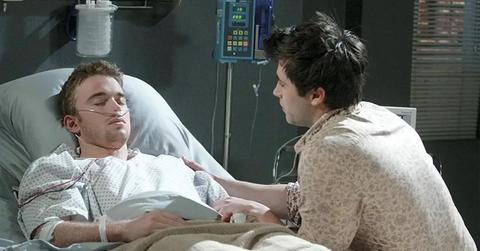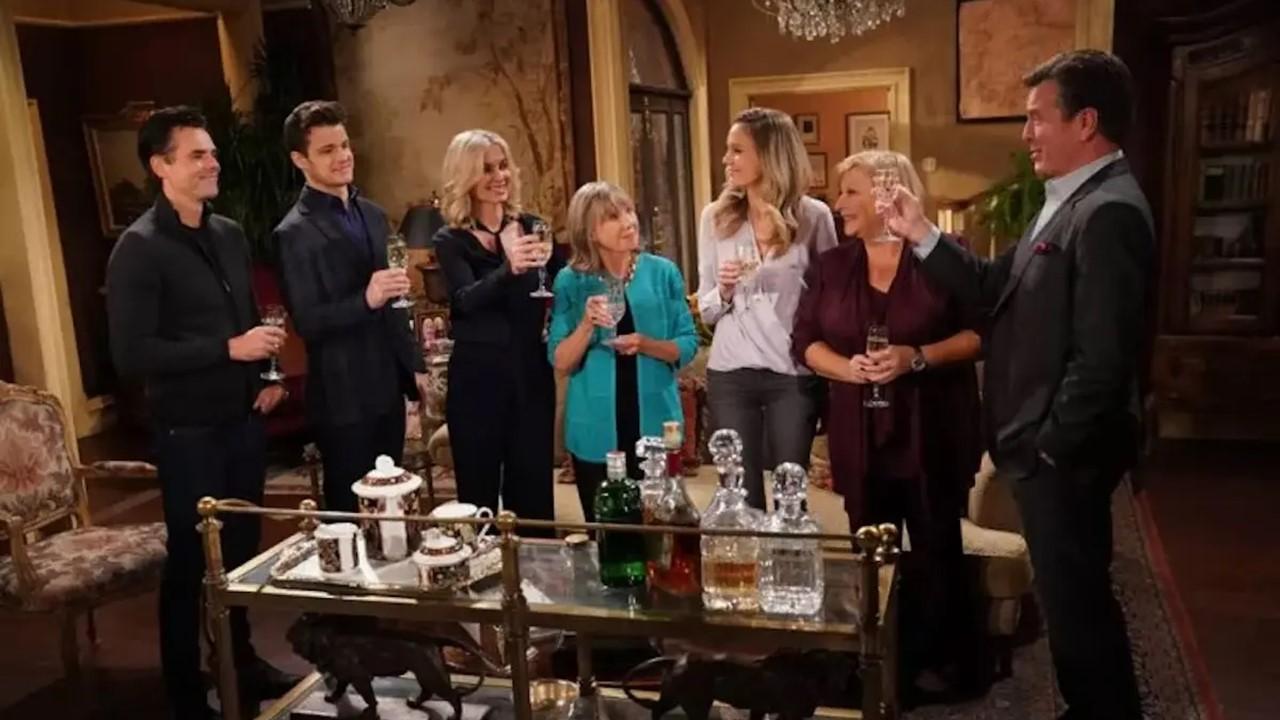Soap Operas Have a Unique Look to Them — Science Behind the Cameras
Published Jan. 17 2024, 10:21 a.m. ET

When it comes to shows like General Hospital and All My Children, no one is lauding them for their high quality. Soap operas have a reputation — they are endless dramatic sagas on low-budget sets for the daytime viewer. Not only do they appeal to a different audience from primetime television shows, but they look different.
However, it’s hard for the average television viewer to put their finger on what makes soap operas look different. They just don’t look quite right. They aren't what we’re used to. Why do soap operas look so different from the shows and movies we’re accustomed to watching?

Soap operas look different from primetime shows and movies because of their low-budget filming process.
Unfortunately for soap opera fans, their favorite shows have lower budgets than primetime content. This is for two reasons. First, there are fewer daytime viewers, so soap operas receive much less money from advertisers due to their timeslot. Second, they often release new episodes daily, which means they have to be filmed quickly and cheaply. While Netflix can spend millions per episode for a 10-episode series, a soap opera has a much lower budget for a week of episodes.
This means that soap operas have to use some shortcuts with the lighting, camera work, and sets. On typical television sets, each shot will be lit individually to make the lighting look as natural as possible. But on a soap opera set, lights are distributed evenly throughout so that they don’t have to be moved from shot to shot. This can create unnatural shadows and backlighting we aren't quite accustomed to.
Beyond this, however, soap operas used to be filmed on cost-effective videotapes that had lower resolution but higher frame rates. A higher frame rate is actually considered more advanced nowadays, but we don’t internalize it as such. Anything filmed with a high frame rate will look more realistic and three-dimensional. While movies from 80 years ago were filmed at 24 frames per second, a soap opera is typically shot at 30–60 frames per second.
When everything switched to a digital format, soap operas followed suit. But they kept their high frame rates to appease their audiences so that they wouldn’t lose one of their most recognizable characteristics. Nowadays, smart televisions actually mimic this effect to minimize blurring on HD screens. However, even at 24 frames per second, the human eye doesn’t clock the blurring. But we do notice the hyperrealism of content shot at a higher frame rate.

Finally, the filming style is such that producers need the fewest reshoots possible. Because they are often churning out multiple episodes per week, soap operas need to be shot quickly. Cameras are often kept on tripods with little movement. Like traditional sitcoms, soap operas use a multi-cam approach to get as many shots as possible from one take.
However, because soap opera camera operators rarely move the camera, these shots can feel static. They use zooming in and out frequently as a form of camera movement, as well as switching between angles. Both of these tactics are unique to soap operas and contribute to why they look so different. And while soap operas have been historically criticized for their low-quality visual output, we can’t knock their efficiency!